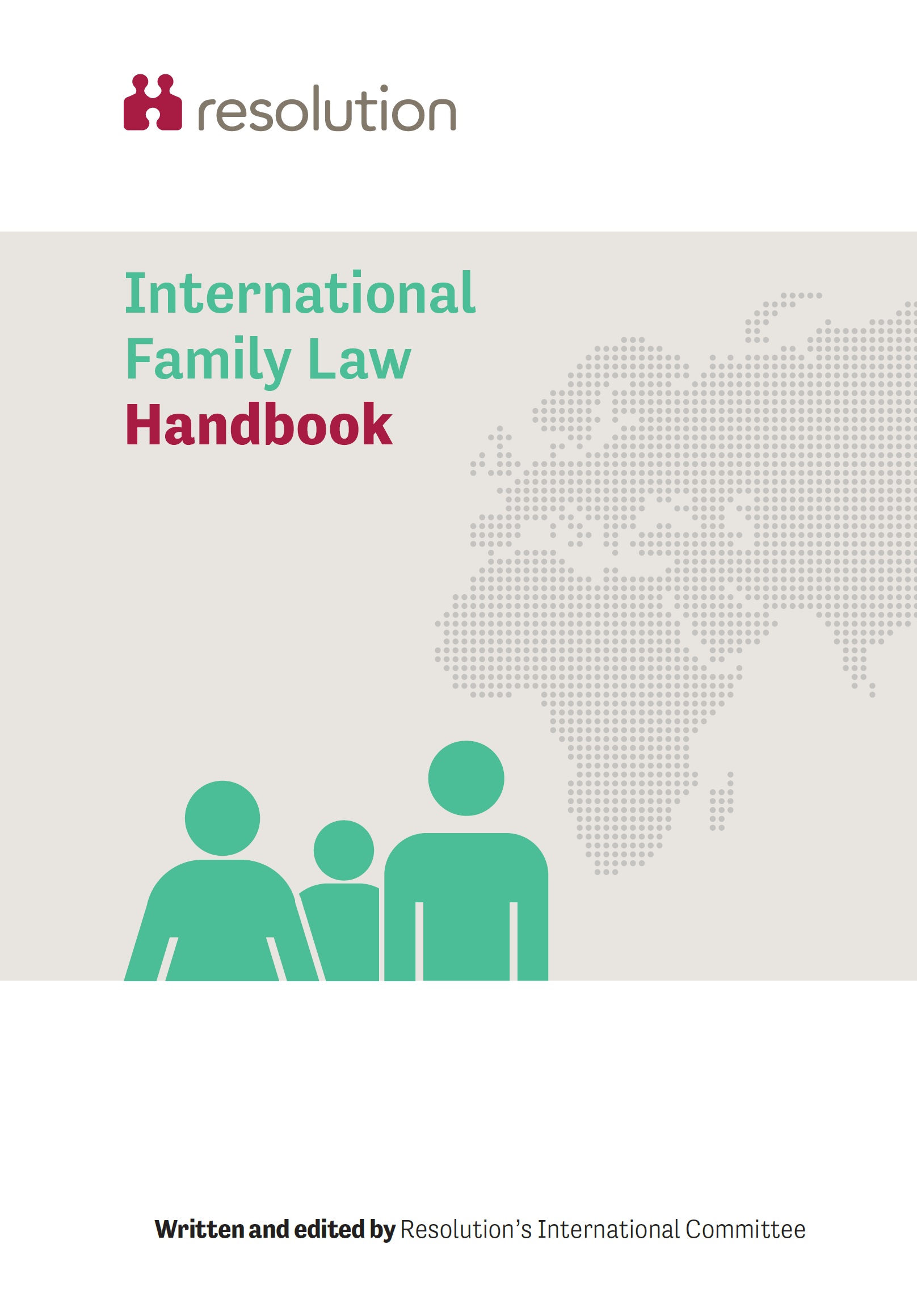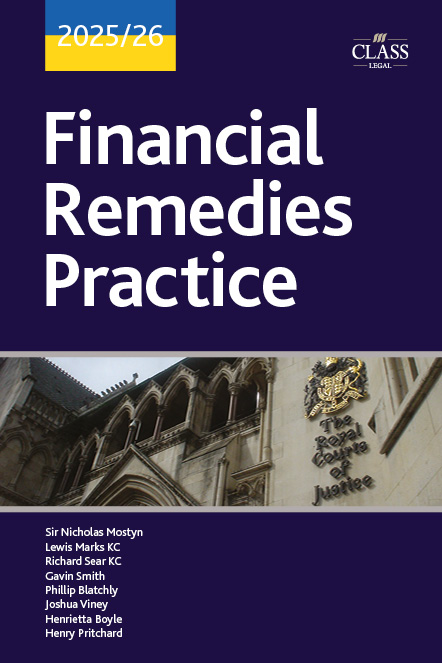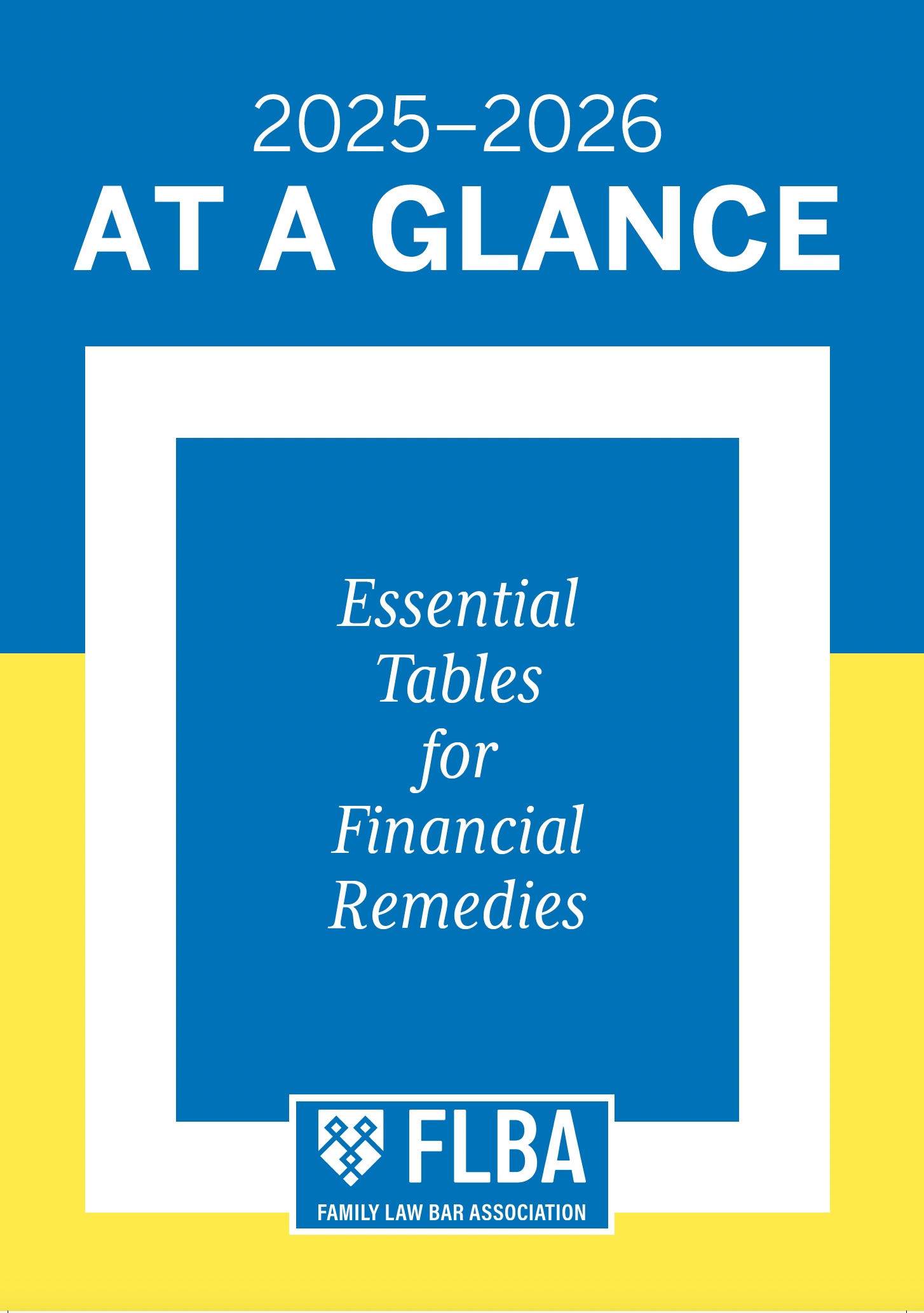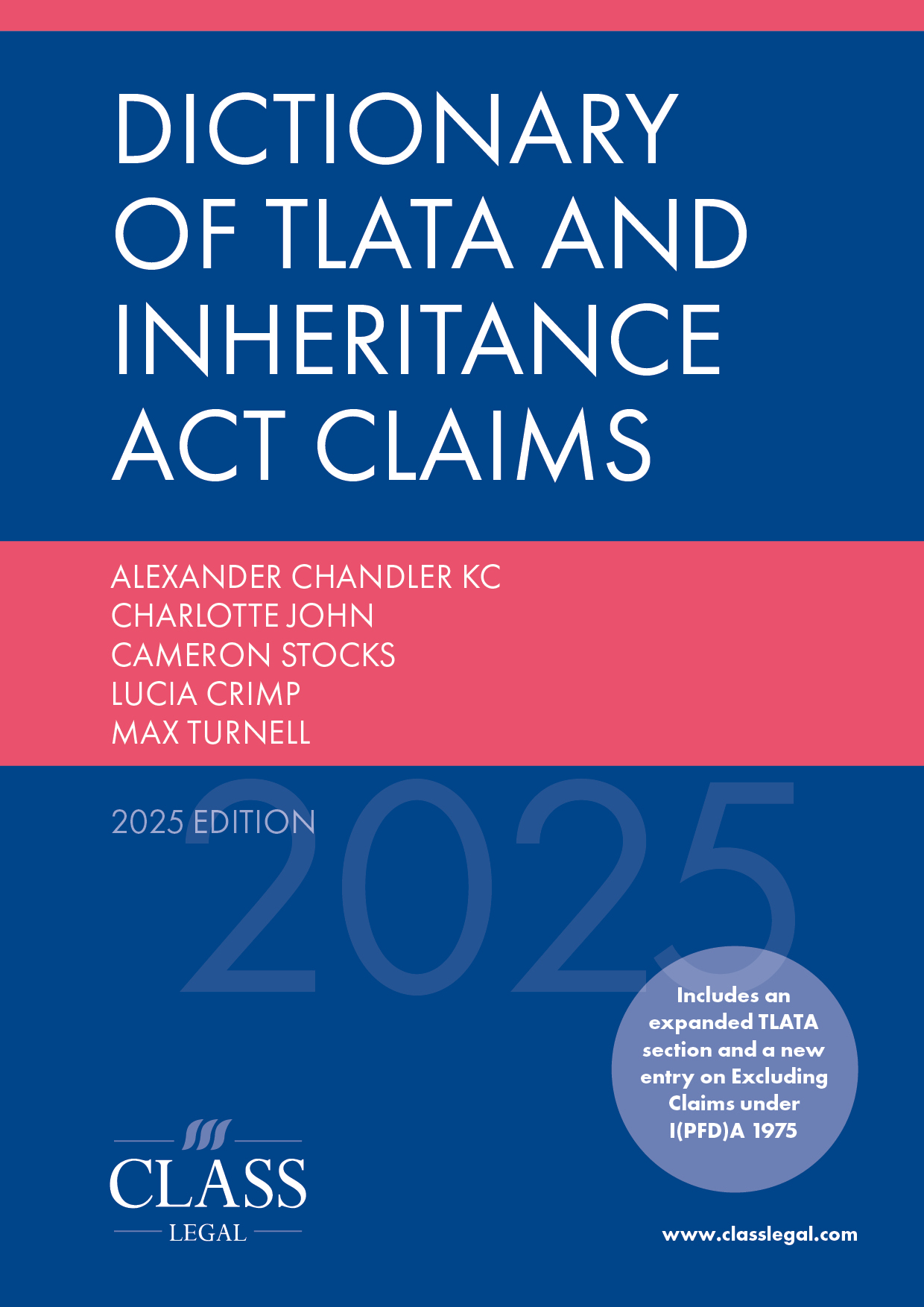
Book Review: International Family Law Handbook (Resolution, 2025)
Published: 30/06/2025 06:00

The International Family Law Handbook is an indispensable resource for all family practitioners. Written and edited by Resolution’s International Committee, it draws on the experience and expertise of an impressive list of authors including solicitors, barristers, judges and academics, many of whom also either practice or are qualified in other jurisdictions including Scotland, Northern Ireland, the Republic of Ireland, Australia, Switzerland and the UAE.
The breadth and depth in both experience and expertise of the authors enables the Handbook to cover an impressive range of topics. Available in both print and PDF, some of the areas most relevant to financial remedy practitioners include chapters on jurisdiction and forum in divorce and financial remedy cases, the recognition of foreign marriages and divorces, international marital agreements, financial provision after foreign divorces and much more.
Equally impressive as the breadth of topics covered is the quality of the content. The Handbook manages to distil complex areas of law into short passages which can be easily understood by busy practitioners. Notable examples include the coverage of divorce jurisdiction under s 5(2)(d) and (e) Domicile and Matrimonial Proceedings Act 1973 (the so-called Marinos/Munro debate) and the EU Regulations that will continue to have an impact on the drafting of international marital agreements.
The Handbook is not only high quality but also exceptionally timely. Being written approximately 4 years after the United Kingdom’s departure from the European Union has enabled the Handbook to cover trends in case-law (both domestic and overseas) that have developed in the aftermath of Brexit. This includes developments regarding divorce jurisdiction (e.g. BM v LO (Case C-462/22) and TI v LI [2024] EWFC 163) and the treatment of foreign marital agreements (e.g. BI v EN [2024] EWFC 200).
One area which may perhaps have benefited from further analysis is enforcement. Practitioners may have found it helpful to have further guidance on enforcement under the EU Maintenance Regulation (which still applies to the enforcement of maintenance orders arising from proceedings instituted before 11 pm on 31 December 2020) and the enforcement of non-maintenance orders, although the Handbook contains a very helpful summary of enforcement under the 2007 Hague Convention which will be increasingly used post-Brexit.
What is perhaps most impressive is the almost unique balance the authors have struck in appealing to all practitioners regardless of their experience and expertise in international family law issues. Junior lawyers with limited experience of international family law cases all the way through to experienced practitioners who have specialised in the area for many years will find the Handbook to be an invaluable resource.
There may perhaps have once been a time when not all practitioners needed to be aware of international family law issues. If that were once true it is certainly no longer the case. As the Introduction to the Handbook records, in 2023 a third of all births in England and Wales were to mothers born outside the United Kingdom (up from a quarter of all births in 2013). As time goes on I have no doubt the number of cases involving international family law issues will only increase.
The authors are to be applauded on an exceptional piece of work which I have no doubt will become an increasingly invaluable resource for the family law profession.











